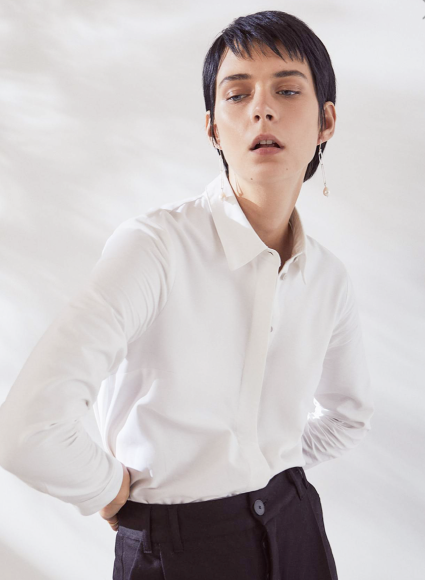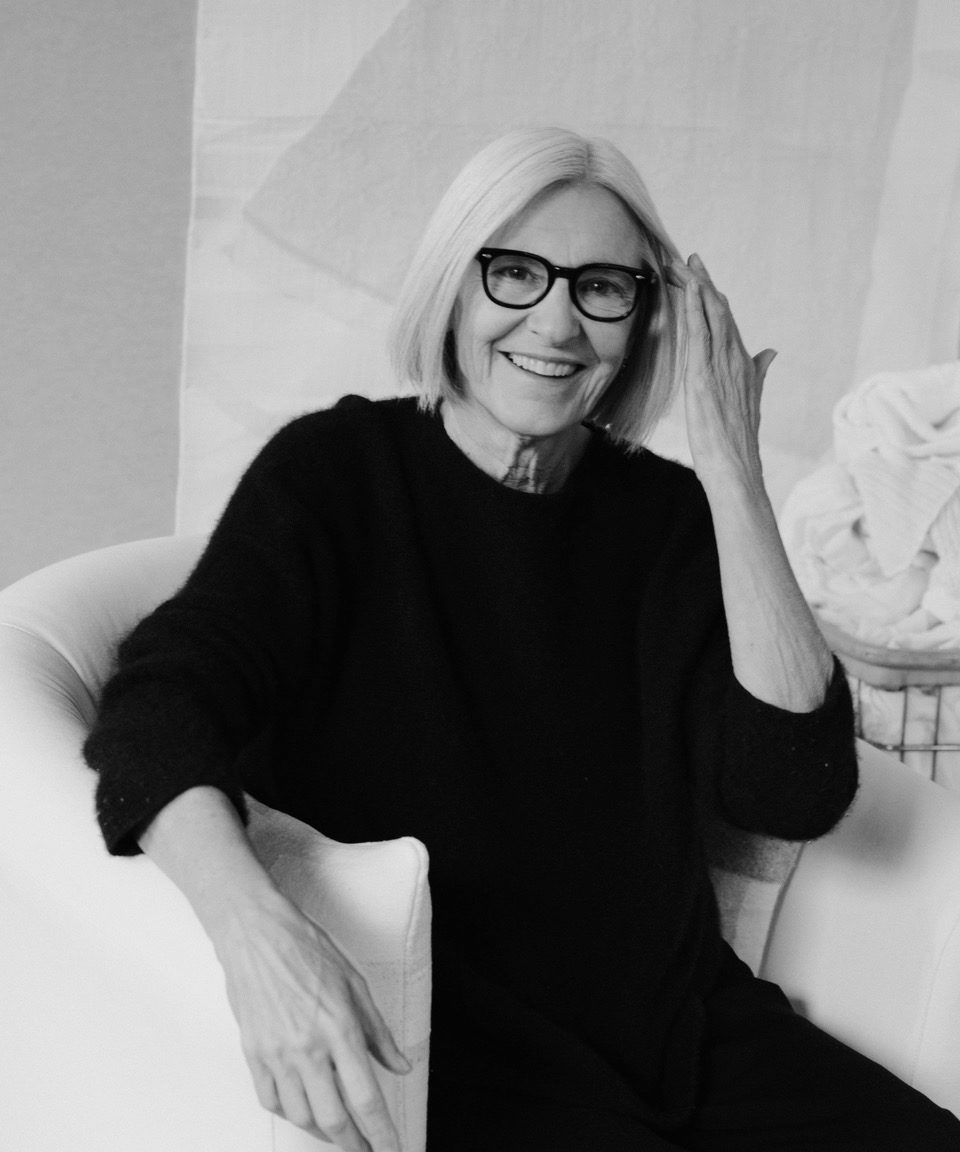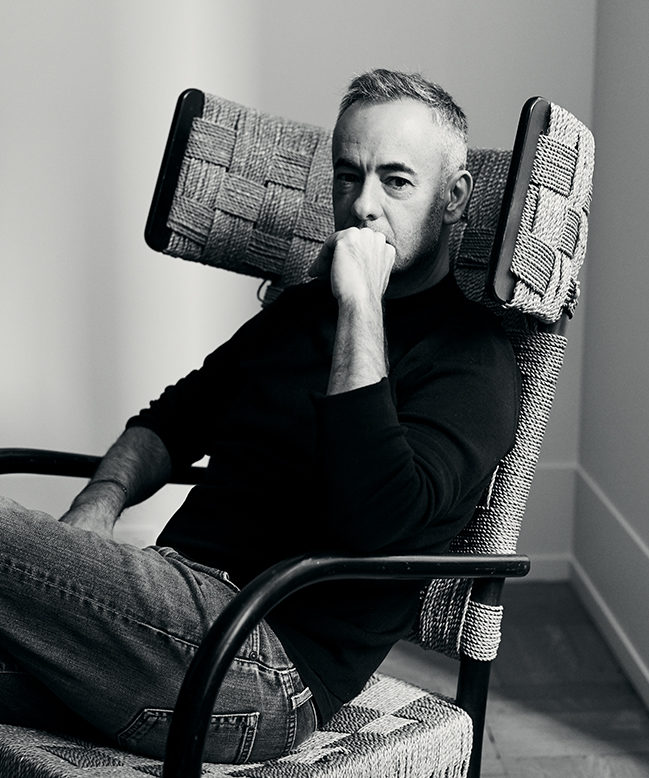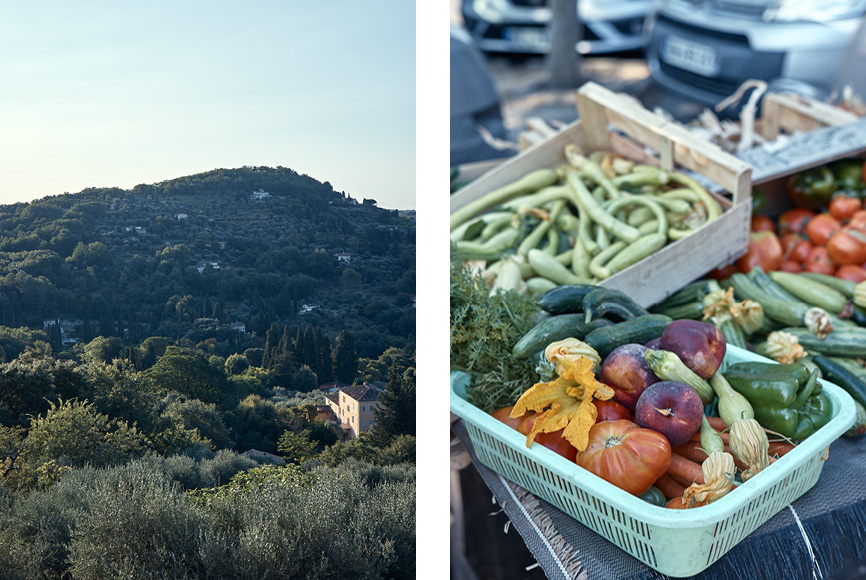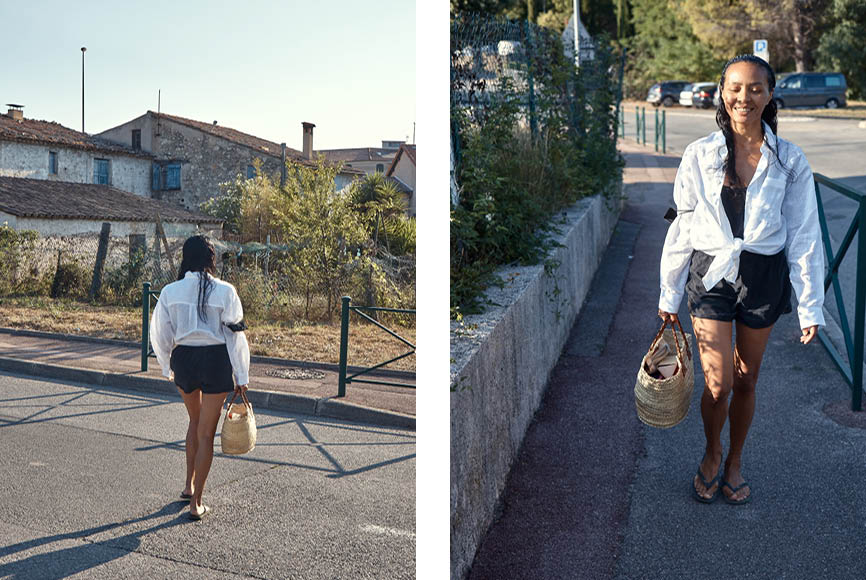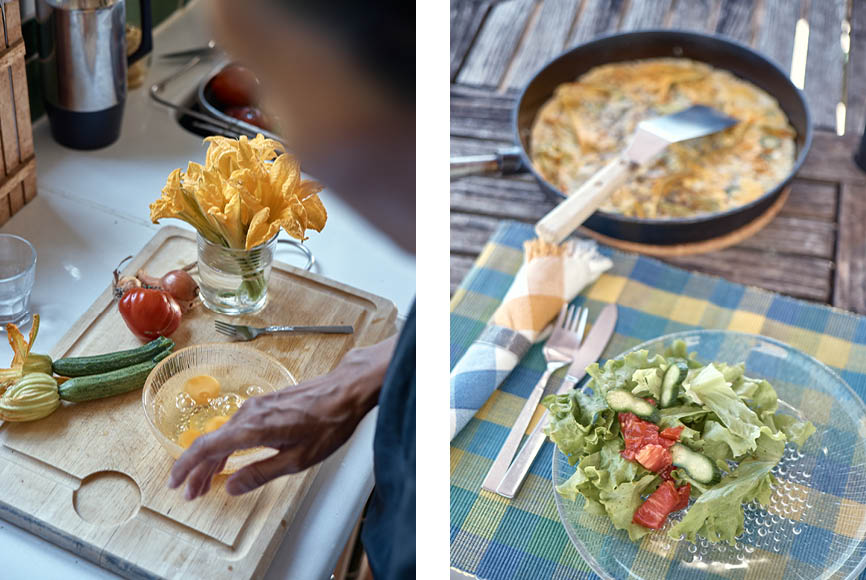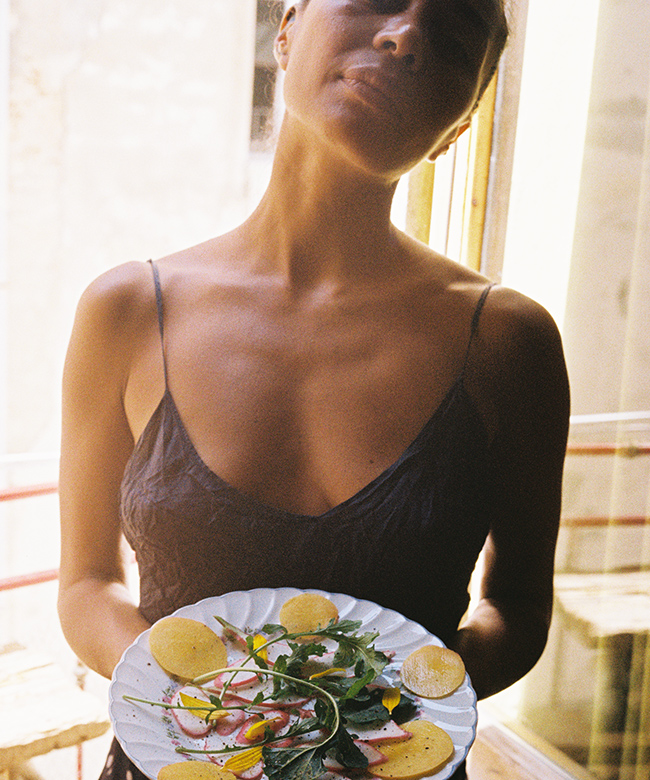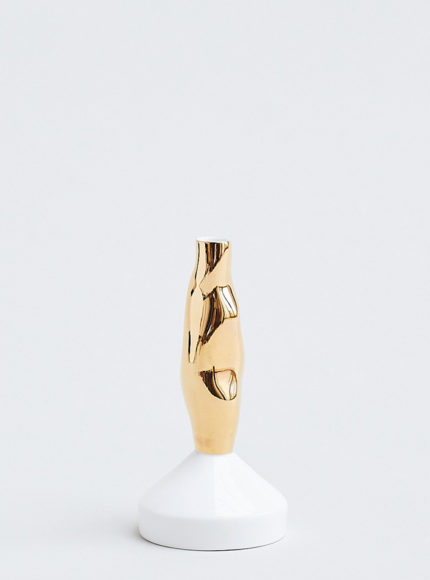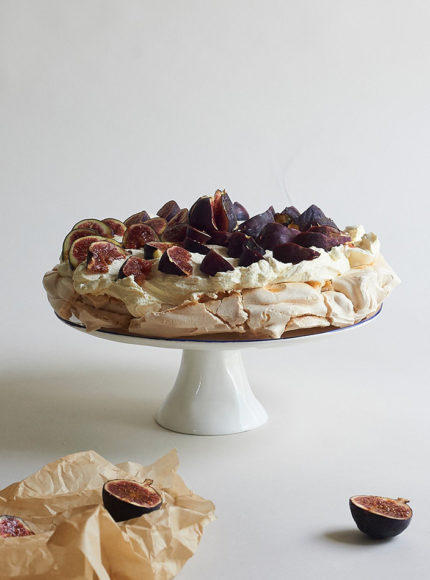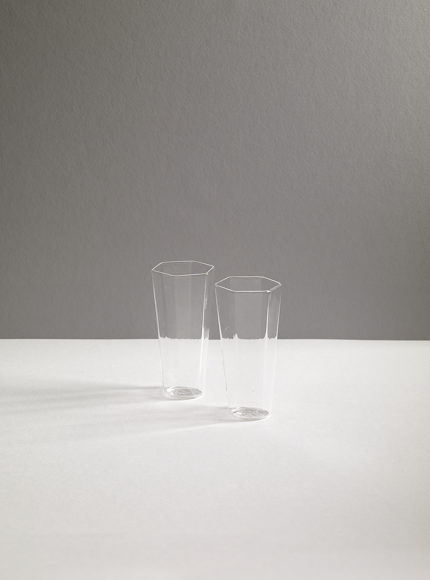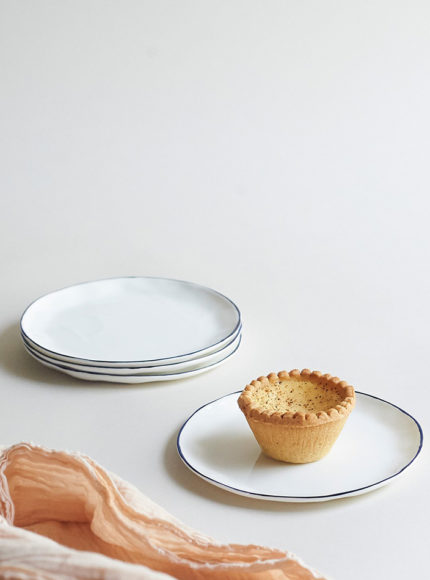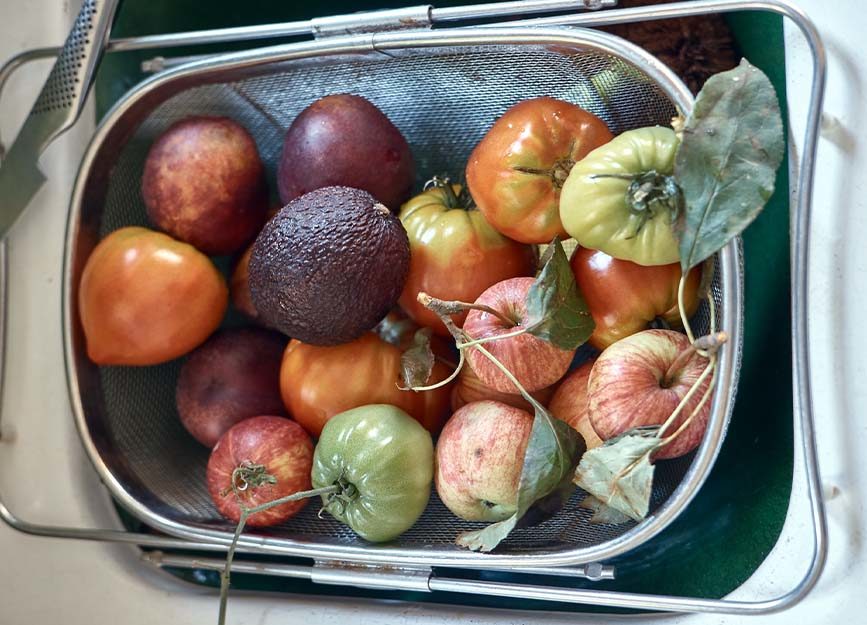
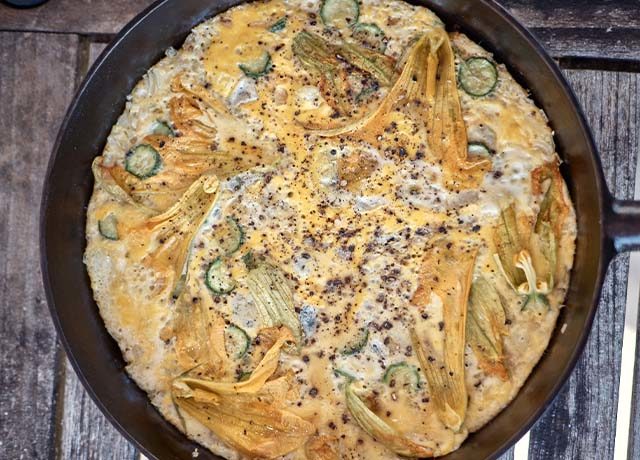
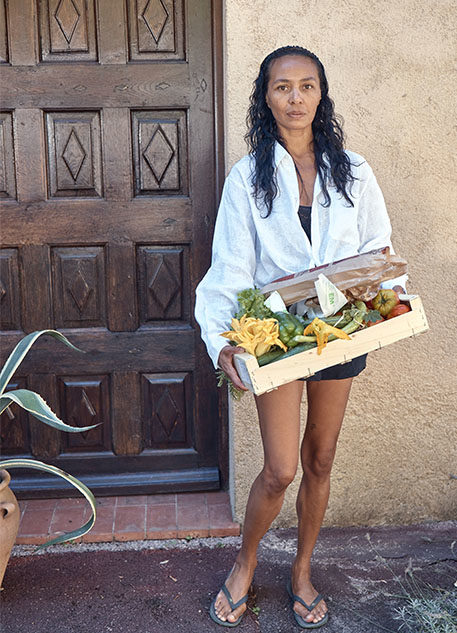
Food & Garden
How We Can Garden and Eat Sustainably with Johanna of Detox Life
We are so thrilled to have our friend and guest editor, Johanna of @detoxlife back with a new recipe. In this piece Johanna shares all about how we can eat and garden as sustainably as possible.
The idea of writing an editorial about harvest season came to me early spring when planting seeds in our bathroom and planning my first ever homegrown garden.
I know that none of you reading this story have been in my bathroom but it’s tropical, and I felt confident preparing for a great piece with beautiful images. But as the freezing spring lingered, dreams to get my garden out in the open came to a halt, and a tiny bit of stress set in.
At the beginning of the summer season, I already knew the time spent caring for my garden would be limited. A trip to Grasse in the south of France was already planned – my mother lives there. She and my father have made it their home for the past 23 years until he sadly passed in 2020 after years of battling cancer. Grasse was where I first met the bountiful farmer’s markets, waste-free and local shops. Every Monday, there is a local market to buy chicken, eggs, veggies and cheese. On Mondays and Tuesdays, all the other shops are closed to let the local farmers sell their produce. The shops open again on Wednesday to support all versions of the agriculture business.
I am one of those people who would make time every day to go shopping at markets instead of shopping weekly at the large cold grocery store or online. Time spent at the markets is well invested in my mental health, and I learn so much about where our food comes from interacting with those who grow it.
I really try to inspire people with food and in this editorial I hope to nudge you to dig deeper, search for your local farmers, and support alternative ways to shop or garden. Plant some seeds of your own; they can be a shelf of kitchen herbs, or plan for a small patch of vegetables next year.
BUT
Before I share my advice, I think it’s essential that we remember a few concerns.
Suppose you’re lucky enough to own a plot of land where you can grow vegetables and plants. This is a sign that we are the people who need to upgrade our lifestyle choices and choose how we consume. I write “upgrade” because I would love that a slowdown in consumption could be interpreted as an upgrade – a way of succeeding. Today we still view success in materialistic terms and money.
The wealthiest 10 percent (approx. 630 million people) account for over half (52 per cent) of the carbon dioxide emissions. The richest one percent accounted for 15 percent of emissions, more than twice that of the poorest half of humanity (7 percent). The over-consumption of a wealthy minority is fueling the climate crisis and putting the poorest half of humanity out of homes, food and safety.
Climate education can come from numerous places. We need different methods because we all have different learning abilities and ways we like to engage with the world around us. We talk about this in the podcast I recorded with Cora here on Reve earlier this summer. Listen to it if you want to know more because I want to focus solely on harvest and fresh food here!
I’m lucky to have had the chance to work with some genuine farmers. Magdalena, the one I am closest to, calls me a flower power gardener. This means, I’m not affected by the hardships traditional farmers usually are. I grow my product because it is one of the most pleasurable acts: therapy, healing, and nutrition. Nutrition for the soul, and that’s what this is – beyond nutrition labels and diet fads.
I’m not a supplement lady, loving real food over powders and pills. When I use superfoods or specific tonics in food making, it’s to achieve a particular flavour, colour or texture.
Just like with the food I eat, I try to source locally and, if possible, grow my own.
Why is this so important, you might ask – isn’t it great if we want to stay healthy?
Here is some food for thought.
Although I believe in plants and herbal healing, I’m distressed how the wellness industry makes money on people’s insecurities. Most of the products produced don’t honour the knowledge of small scale herbalists and farmers. I was one of the wellness pioneers in Sweden, an early advocate for green juice, CBD oil, plus other enhancers. The CBD we usually find on the market comes from controlled monocultures and not regenerative farmers. Superfood is not a powder you put into your smoothies; I would encourage you to eat the plants that alkaline your body.
Like an aquarium needs its ph drops to aid its cleansing process, you need to eat clean and green, but you also need to be mindful. There is a fine line between self-care and ego care; the best tip I have for feeling great internally and externally is getting off social media, walking, physical movement, rest, sleep, cooking, and eating. And now I can add gardening to that list.
After a significant change in our lives, my husband took over the family real-estate business. We live 2 ½ hours outside of Stockholm in a beautiful apartment with a vast garden, keeping our apartment in Stockholm as I need to go down a few times a month. One might think it is the best of two worlds, and it sometimes is. Just not when you need to watch over seedlings and tend to the weeds. Perhaps, it’s my age or a reaction to the times we’re living in, but I have been craving small-town life and find it harder to live in the city and embrace the urban lifestyle. Even if Stockholm is a small village compared to New York, it’s filled with too many choices, light pollution, and noise.
When I’m writing this, I sit at the dining table, the early fall sun and wind teasing the curtains with light and breeze. It is still warm enough to have the balcony door open. I’m drinking a red beet and Swiss chard juice pressed with apples from the garden topped off with some fennel dill flowers.
In a constantly changing world and with the media continually updating us with news, fake news and more opinions than hours, I find it reassuring to simply know where my food is coming from, at least until the season is over. This year, the lemon balm and peppermint in my face steam tea blends will be grown and harvested by me. Pickled beets and dried broad beans as well, they won’t last the year, but still, it gives me the confidence I can’t find in external objects and even my yoga practice.
It is an external activity, gardening, yet it can connect us to some inner seed hidden deep within that lets us use nature as a filter. This will help us navigate in a disruptive world, like a compass.Many of those insecurities we have need caring for, but without constantly renovating ourselves. Something as simple as connecting to the soil around us will teach us about circularity beyond sustainability reports. Oxygen goes into our lungs and exits as carbon, feeding nature with what it needs, giving us air to breathe again and again.
Zucchini Blossom Omelette (Two Servings):
6 eggs
3 tbsp. of heavy milk or cream
Olive oil
Salt
Black pepper
1 knob of butter
Zucchini blossoms
2-3 small zucchini
1 shallot
1 knob of butter
The omelette in the images was made with farmers market vegetables, but just weeks after our trip to Grasse, I harvested similar ones in the garden in Sweden.
I can recommend the trombone zucchini. The fruit (yes, it is a fruit) is super tasty and HUGE, 1 m long if you’re lucky.
Whisk the eggs, heavy cream, oil, salt and pepper in a bowl. Melt a knob of butter in a sizzling iron pan, don’t burn the butter.Add chopped shallots, zucchini and blossoms. Pour the egg mixture over the veggies and fry until done, 5-10 minutes depending on the stove.
Serve with a salad and cooling drinks.












